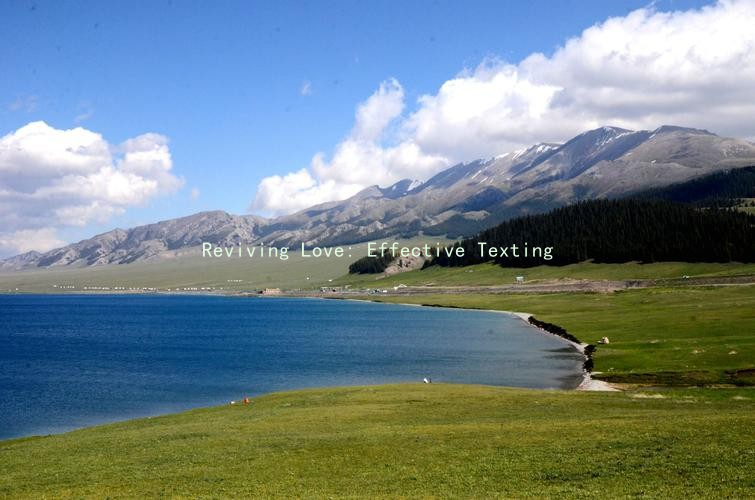The Dance of Desire: How Body Art Enhances Romantic Connections
The Dance of Desire: How Body Art Enhances Romantic Connections
In the realm of romantic relationships, attraction can sometimes feel like a complex dance—intricate, nuanced, and deeply expressive. One of the fascinating elements that can enrich this dance is body art. Tattoos, piercings, and other forms of body modification often serve as powerful tools for self-expression, signaling personal narratives that can intrigue and draw potential partners closer.
At first glance, body art can be visually captivating. A striking tattoo, for example, may catch the eye and serve as a conversation starter. It invites curiosity and offers a glimpse into the personality, interests, or experiences of the individual. In a romantic context, this can break the ice, paving the way for deeper discussions about values, beliefs, and life stories—elements foundational to building any meaningful connection.
Moreover, body art can also enhance the allure of physical intimacy. The presence of tattoos or piercings can accentuate certain features, making the bearer feel more confident in their own skin. This newfound confidence can be magnetizing; there’s an undeniable appeal in someone who embraces their individuality. Such self-assuredness often translates into how they interact with others, leading to more engaging conversations and increased chemistry between potential partners.
Communication plays a pivotal role in the art of romantic connection, and body art speaks a language of its own. Each piece can symbolize various aspects of life—love, loss, resilience, or rebellion. Sharing the stories behind these markings can foster emotional intimacy, allowing partners to relate on a deeper level. When one person reveals the meaning of their body art, it often invites the other to share parts of their own life story, creating a bond that goes beyond the superficial.

In addition to being a form of expression, body art can serve as a cultural signal in romantic contexts. Different societies embrace body art in unique ways. For example, tribal tattoos may convey heritage and belonging, while modern artistic designs might reflect current aesthetics or trends. Engaging with a partner’s body art can reveal cultural values and facilitate discussions about identity, giving rise to a richer appreciation of both the individual and their background.
It’s important to navigate the world of body art with sensitivity and respect. Not everyone appreciates body modification, and it’s essential to understand potential partners feelings about such expression. Engaging in open conversations about body art can help unveil different perspectives, ultimately fostering understanding and acceptance.
Lastly, the connection between body art and romantic relationships isn’t strictly transactional or superficial; it is inherently tied to the concept of vulnerability. Choosing to display body art—especially in a society that may not always embrace it—requires courage. When one partner reveals their art, it can encourage the other to show their vulnerabilities, creating a safe space for openness and honesty. This is pivotal for nurturing a strong emotional foundation, which is crucial for any successful relationship.
In conclusion, the dance of romantic attraction can be beautifully enhanced by body art. It serves as a canvas for self-expression, a catalyst for conversation, and a bridge to deeper emotional connections. As individuals navigate the complexities of romantic relationships, embracing the stories told through body art may just be the key to unlocking greater understanding, empathy, and desire between partners. In the end, love thrives on connection—one that body art can uniquely enrich.





